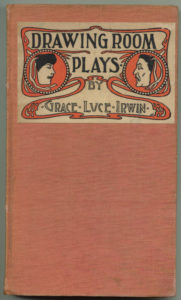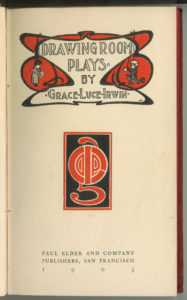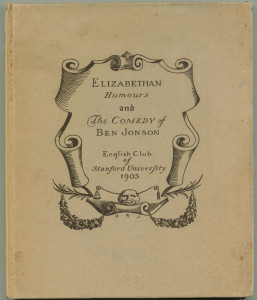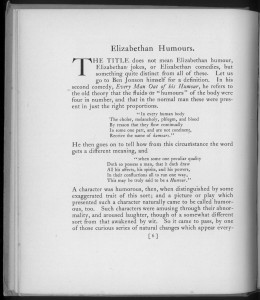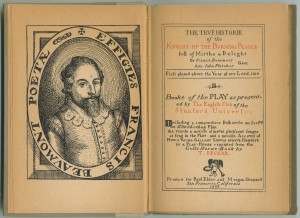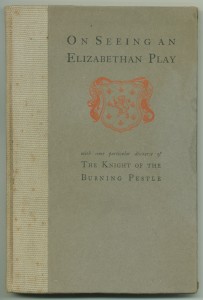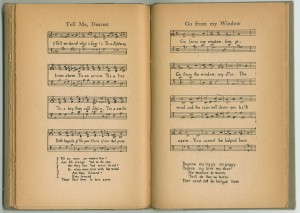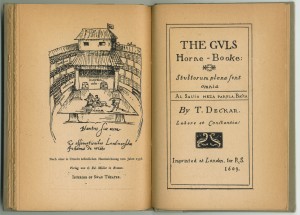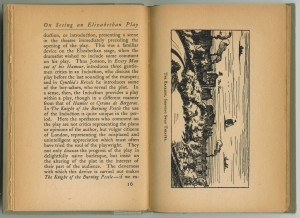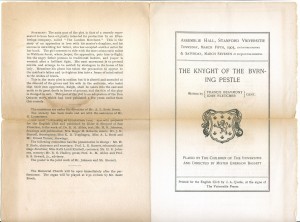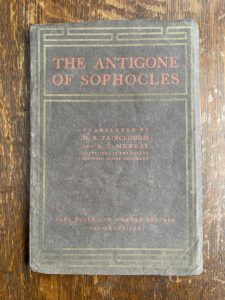
On the 17th and 19th of April 1902, Stanford University presented the ancient Greek tragedy Antigone of Sophocles—in the original Greek—with choral music by 19th-century composer Felix Mendelssohn. The actors were instructors and students of the Greek department, the musicians were the University orchestra, and the chorus were mostly members of the Glee Club. They rehearsed for four months and made their own costumes. In total, more than 120 students were involved, about 8% of the entire student body.
The two performances, at 1,500-seat Assembly Hall, were so successful that the play was taken on the road to Southern California (cast and crew filled two railroad cars) where it was performed in Los Angeles on April 23rd, Pasadena on the 24th, and Santa Barbara on the 25th. The road trip expenses were covered by the profits from the Stanford performances, and the University officially granted a week’s leave of absence for the performers.1“The Case For Classics,” 125 Stanford Stories #63, https://125.stanford.edu/the-case-for-classics/ Two weeks later, a third presentation was given at Stanford on May 8th, with a final performance in Berkeley on May 10th in 3,000-seat Harmon Gymnasium.
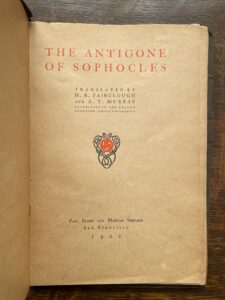
The entire project was the brainchild of Classics Professors Augustus Taber Murray and Henry Rushton Fairclough. They were out to show that Stanford University, just one decade old, could provide a classical education equal to any of the older, more famous universities. They were definitely thinking big: in addition to the wildly successful performances, Murray and Fairclough also arranged for the publication of two books, both issued by Paul Elder. (Murray and Henry Rolfe, mentioned below, also wrote for Impressions, Elder’s in-house magazine.)
The first book, The Antigone of Sophocles, featured Murray’s and Fairclough’s own English translation of the Greek text. As they wrote in their preface, “this translation was first undertaken with a view to providing the general public with a libretto for the presentation of Antigone, which is to be given in the original Greek at the University on the 17th and 19th of next month. It is hoped, however, that its publication will awaken or revive interest in ‘Our Sophocles, the royal,’ among cultivated people generally.” This volume was published by Elder & Shepard in March 1902, and printed by the Twentieth Century Press. The production & distribution of the book must have been very speedy indeed, given the specific “next month” dates mentioned in the preface.
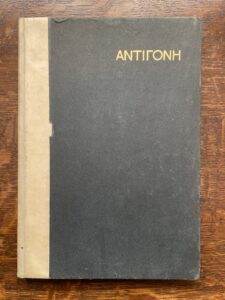
The second book, Antigone, is an account of the production and performance itself, in four sections:
- The Antigone at Stanford Unviersity, H. W. Rolfe
- Antigone: A Dramatic Study, A. T. Murray
- The Choral Side of Antigone, H. R. Fairclough
- Programme of the Original Presentations at Stanford University
The book is also illustrated with twenty photographs, including seven of 20-year-old Eunice Cooksey, who was cast in the title role. Murray played Creon, Antigone’s uncle and the new King, while Fairclough was the coryphæus, the leader of the chorus. The book’s formal title, which appears on both the cover and title page, is in Greek: ΑΝΤΙΓΟΝΗ, but is anglicized as Antigone on every page head and chapter head. As it happens, this book was in production just as “Elder & Shepard” was transitioning to “Paul Elder & Company,” and thus the book appeared in 1903 under the PE&Co imprint.
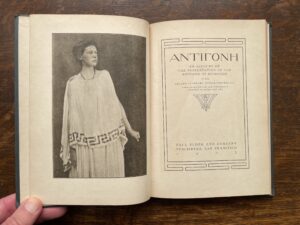
As part of this post, I must admit a big mistake: until today, I had not studied these two books closely, and had blithely assumed that they were two editions of the same work; thus Antigone only appears once on the checklist, as item #10. Ooof! With the realization that these are two completely different books—albeit concerning the same happy event—I have now adjusted the checklist. Because it has the same name as the original listing, the 1903 Paul Elder & Company Antigone remains as #10, while the 1902 Elder & Shepard Antigone of Sophocles has become checklist #422. Each entry now refers to the other, in order to make it clear that there have been corrections since the time of the printed checklists.

Augustus Taber Murray (1866-1940) was born in New York City. He earned his Ph.D. at Johns Hopkins University with a dissertation on Aristophanes. He also studied in Germany before becoming Professor of Greek at Earlham College (1888-90), Colorado College (1891-92), and then at Stanford, where he remained for the next forty years. Among his publications were translations of the Iliad and Odyssey for the Loeb Classical Library. He was also a prominent Quaker minister and spent 1929 and 1930 in Washington as pastor to President Herbert Hoover, a personal friend. Murray married Nella Howland Gifford in 1881; they had five children. He is buried at Alta Mesa Memorial Park in Palo Alto, California.2https://en.wikipedia.org/wiki/Augustus_Taber_Murray
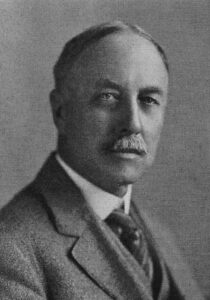
Henry Rushton Fairclough (1862-1938) was born in Barrie, Ontario, not far from Toronto. In 1893 he left Canada to become Associate Professor of Greek and Latin at Stanford, where he spent the rest of his career. During World War I, he served in the American Red Cross in Switzerland and Montenegro. In 1922, he was named Professor of Classical Literature at Stanford. He was also guest professor of Latin and Greek at Harvard, and president of the American Philological Association. His own research was on Roman poets, and he published translations and bilingual editions of Plautus, Terence, Virgil, and Horace. Fairclough married Frederica Emily Blanche Allen in 1888 and had one daughter with her. After her death, he married Mary Charlotte Holly in 1930. In 1941, his posthumous autobiography “Warming Both Hands” was published, where he described his experiences during the War. Fairclough is buried at Cypress Lawn Memorial Park in Colma, California.3https://en.wikipedia.org/wiki/Henry_Rushton_Fairclough
Henry Winchester Rolfe (1858-1945) was born in Dorchester, Massachusetts. He was an English instructor at Cornell University (1883-85), professor of Latin at Swarthmore College (1885-90), lecturer in Latin literature at the University of Pennsylvania (1891-92), and associate professor of Greek at Stanford University (1900-10). His publications include an 1898 biography of Petrarch. Rolfe married Bertha Napier Colt in 1886; they had three daughters. He is buried in Sleepy Hollow Cemetery in Concord, Massachusetts.4https://oac.cdlib.org/findaid/ark:/13030/kt3s20121x/
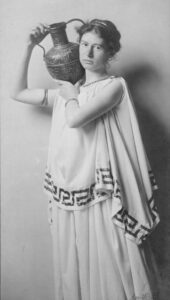
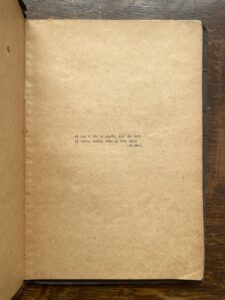
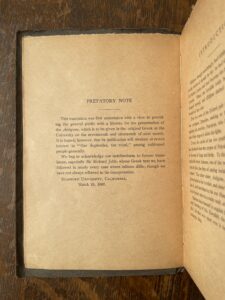
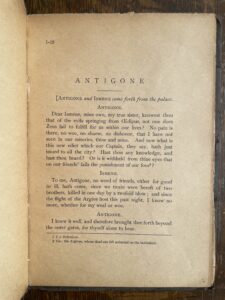
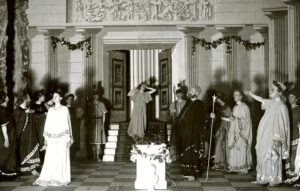
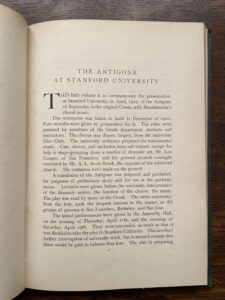
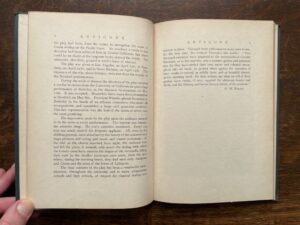
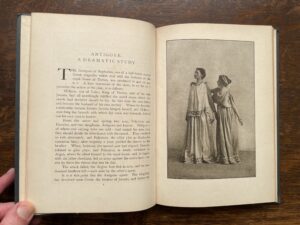
- 1“The Case For Classics,” 125 Stanford Stories #63, https://125.stanford.edu/the-case-for-classics/
- 2https://en.wikipedia.org/wiki/Augustus_Taber_Murray
- 3https://en.wikipedia.org/wiki/Henry_Rushton_Fairclough
- 4https://oac.cdlib.org/findaid/ark:/13030/kt3s20121x/
- 5https://loring-greenough.org/suffrage-anti-suffrage-in-jamaica-plain/
